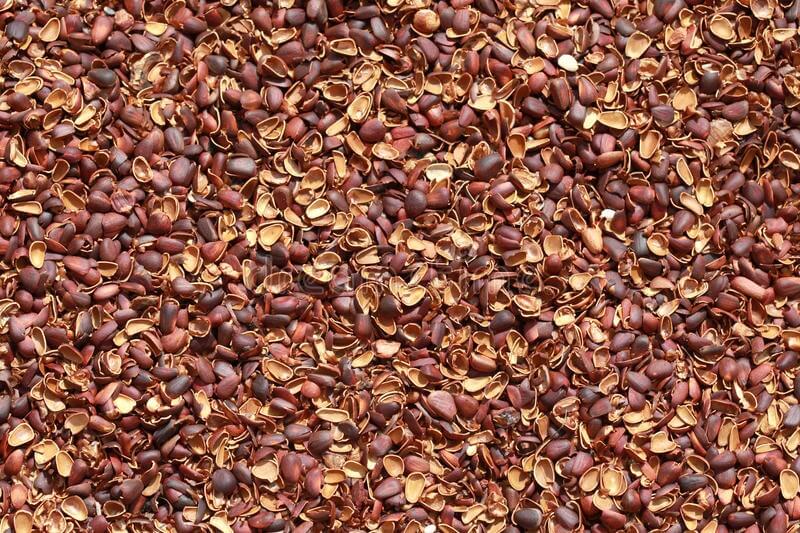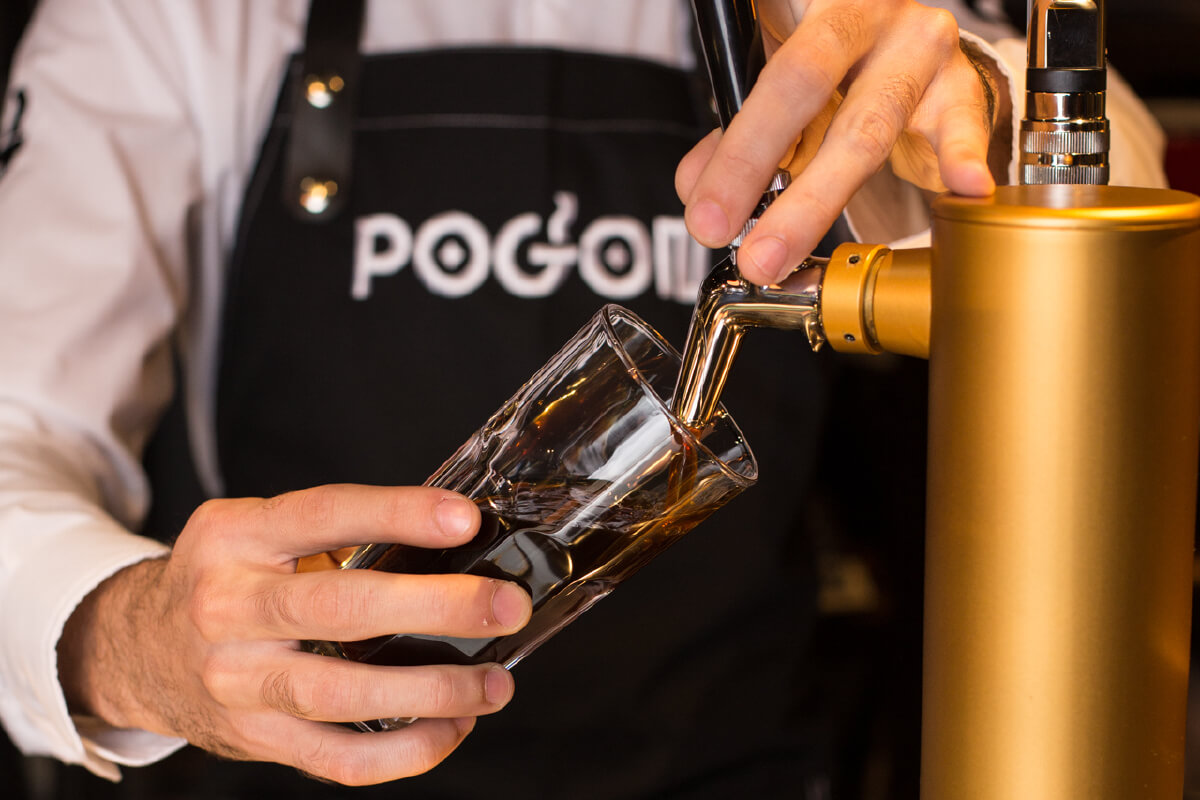
Blending Coffee
Introduction
Coffee blending is an integral part of the coffee culture and industry. It is a subject that our team at Pogon regularly discusses with our clients.
We seek, in this small publication, to provide some unbiased clarity regarding this subject without any pretense of being exhaustive.
Single Origin or Blend are cultural/practical approaches to coffee and are not mutually exclusive. Some pursue one or the other in their offering others combines both.
At Pogon, we pride ourselves in selecting the best quality single origin coffee beans to process with state of the art equipment and serve to our customers. The precious feedback we collect from our customers on the different cup profiles has allowed us to determine the exact roasting and brewing profiles of the selected single origin coffee beans to serve the highest quality cup meeting their expectations.
The Basics
Blending coffee is done for several reasons. The goal should be to brew a coffee that is higher in cup quality than any of the ingredients individual to a single origin coffee cup. But a high quality single origin Arabica coffee should provide the high cup qualities on its own; it should have good clean flavor, good aroma, body and aftertaste. It would be absurd to blend specialty rich coffees since the purpose of blending is supposedly trying to produce a better cup and that is most likely not possible in this case.
Brands that do not want to be dependent on any specific origin flavor blend coffee to achieve consistency from month to month and crop year to year. They also use this practice to normalize their prices and keep a flexible supply of coffee. These blends generally reduce all the specificities of each coffee included in the blend to the lowest common denominator.
Others blend coffee to create a specific coffee cup profile leading consumers to associate the taste to a particular brand. This is what large coffee chains undertake in order to create their “secret recipe”, catering to their clients the exclusive taste.
Finally, it must be mentioned that in the commercial world coffees are also blended to offset and ameliorate the result of the use of lower-quality coffees in the blend, hence reducing cost and increasing margins.
This being said let’s focus on quality-oriented roasters and their coffee blending methods.
Before blending any coffees, the roast master should know the flavors, aromas and body of the individual coffees to be blended and has set a goal for the ideal cup profile that could not be achieved by a single origin or single degree of roast. Assuming that there is a good reason and a logical process to blend coffee, a blend should have no more than 5 different coffees. Any more coffees in a particular blend would be to create a sophisticated image without any additions to the quality of the cup.
Blending Before or After Roasting
Roasting coffees individually is recommended for the “Melange” type blend and for certain particular coffees. Coffee beans are different in size (with extreme variations), weight, varietal, density and will roast differently. All dry-processed Arabica for example require roasting to a slightly higher temperature than standard wet-processed Arabica. If the blend recipe is still in the experimenting phase then pre-roasting each coffee separately is a better method to be able to experiment with variations.
If the composition (recipe) of the blend is already established, that there is a similarity in the physiology of the coffee beans used and in their respective roasting profiles, then it is easier to blend the coffee green and roast it all together. Despite the fact that every coffee roasts a bit differently there is a great deal of averaging that occurs between coffees in the roast chamber, especially in drum roast systems.
Espresso Blends
Traditionally, most espresso blends are based on one or several high quality Brazil Arabica, some washed, some dry processed. African coffees are added for winey acidity or flowery /fruitiness. High grown Central American Arabica is added for a cleaner acidity.
The past few years have seen a shift in the approach to espresso blends and even espresso roasts, with brighter coffees and lighter roasts.
The notion that true “continental” espresso blends include Robusta is a myth!
Conclusion
The primary objective for us coffee professionals is for our customers to enjoy their daily cup of coffee experience. This is what customers will keep, remember, associate and become loyal to places that provided them with such joy. To achieve this objective, among a number of prerequisites, the selected coffees brewed in Single origin or blend must be of the highest quality possible.




